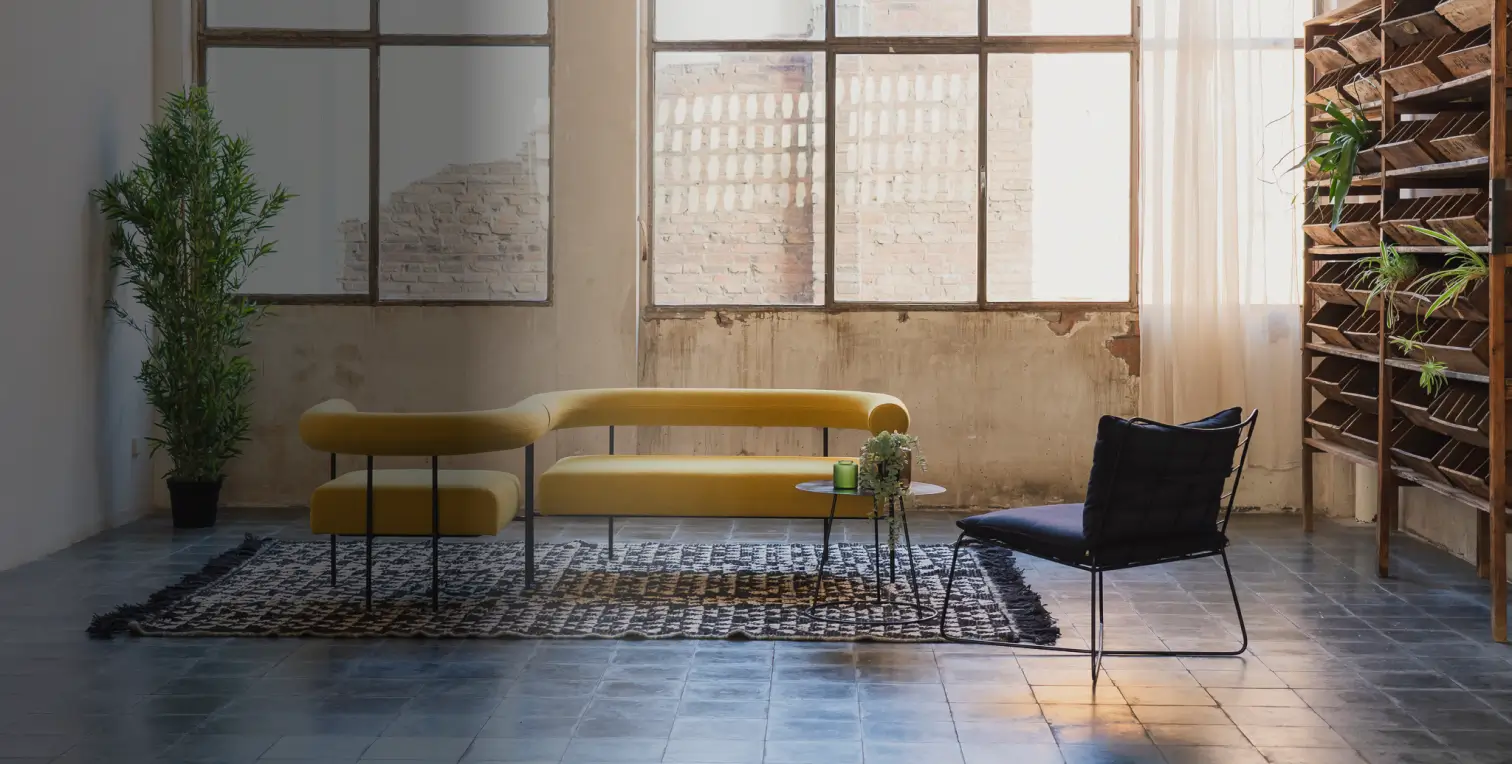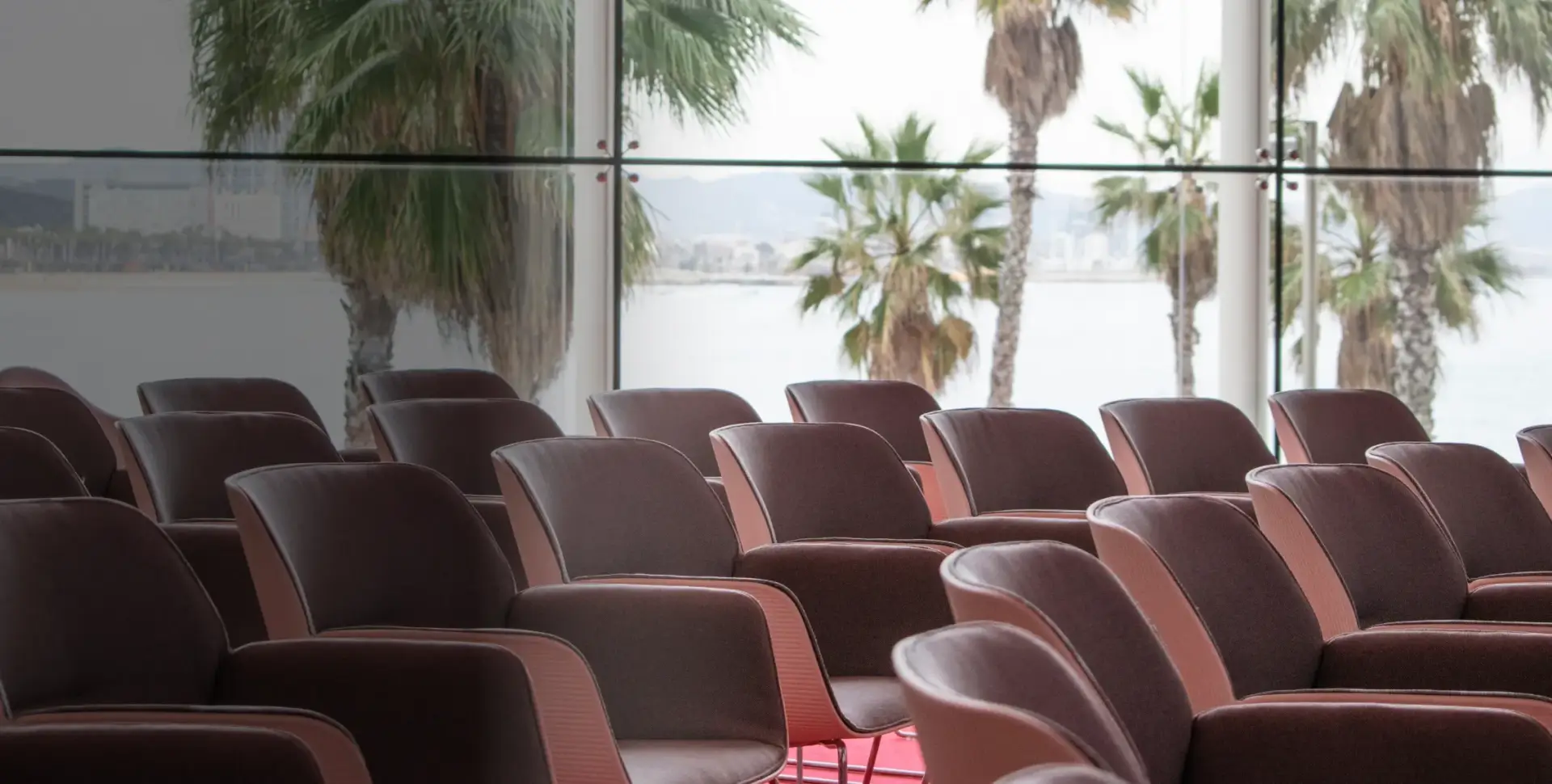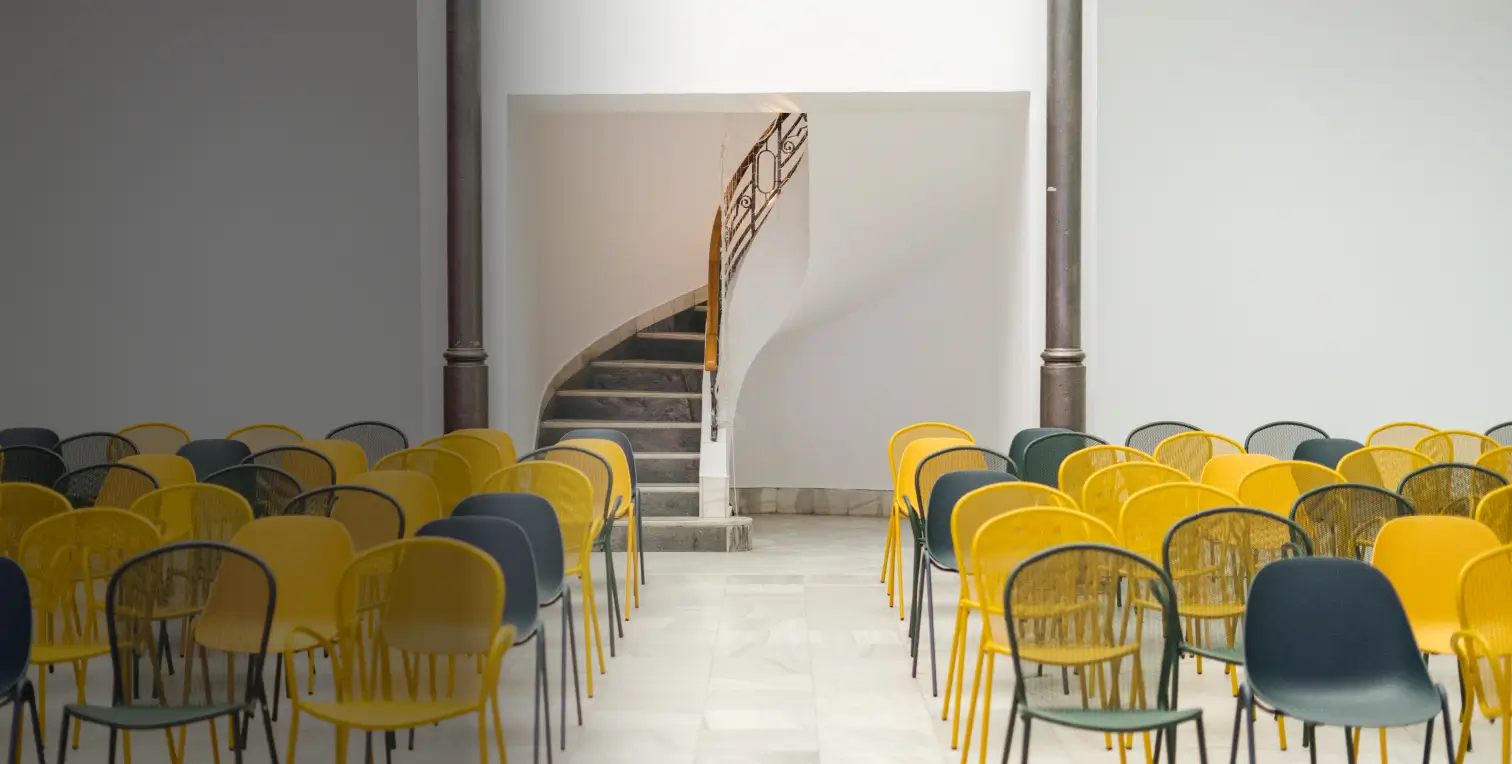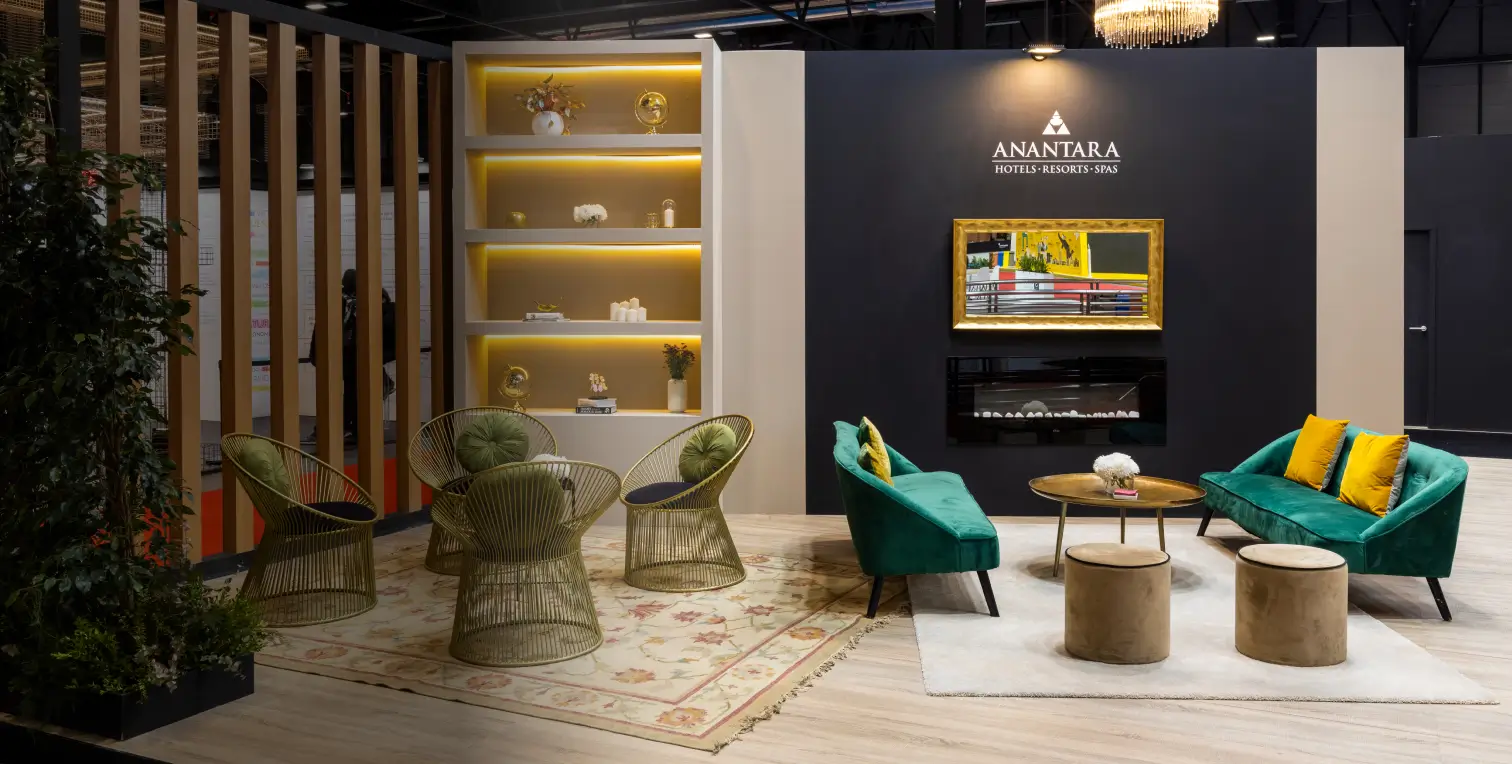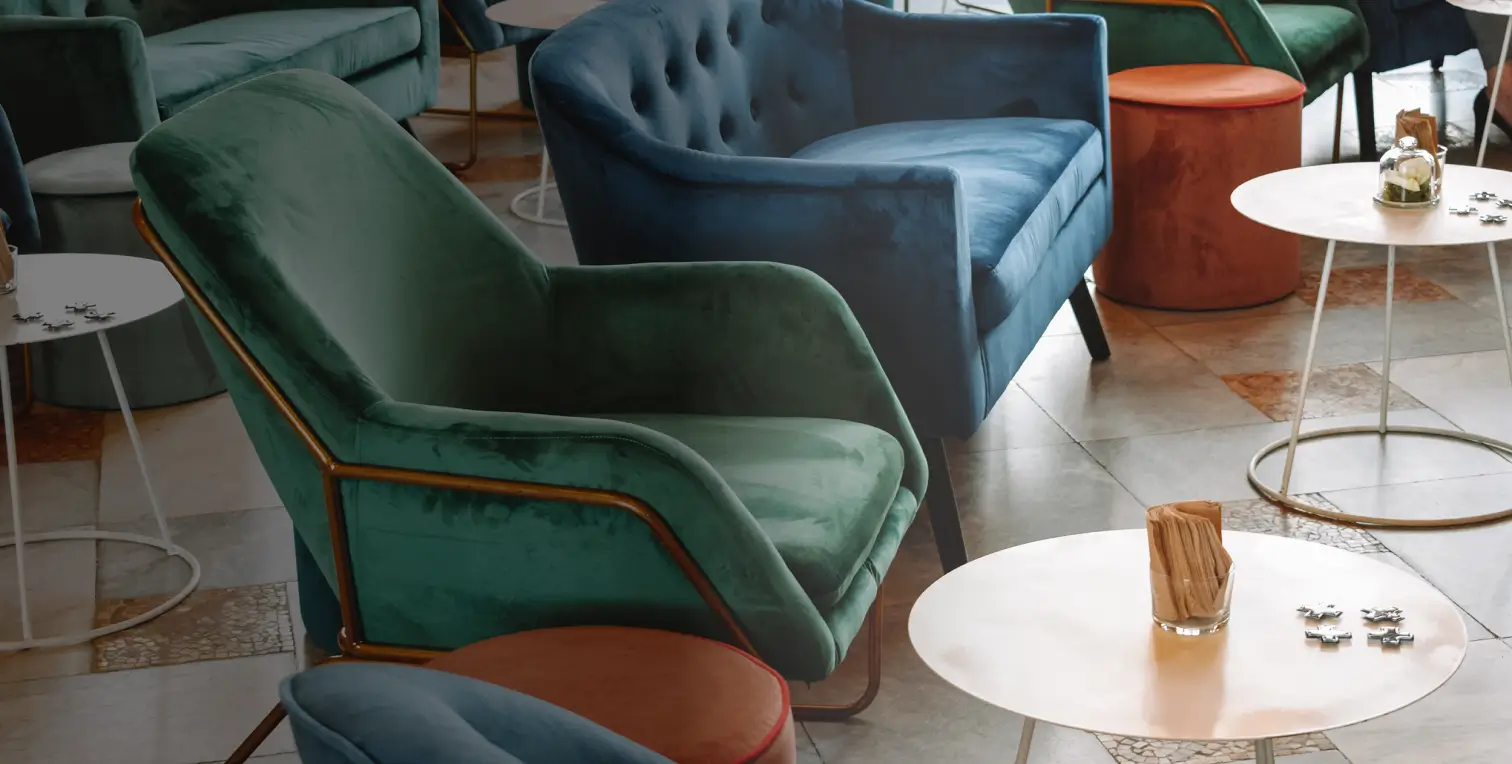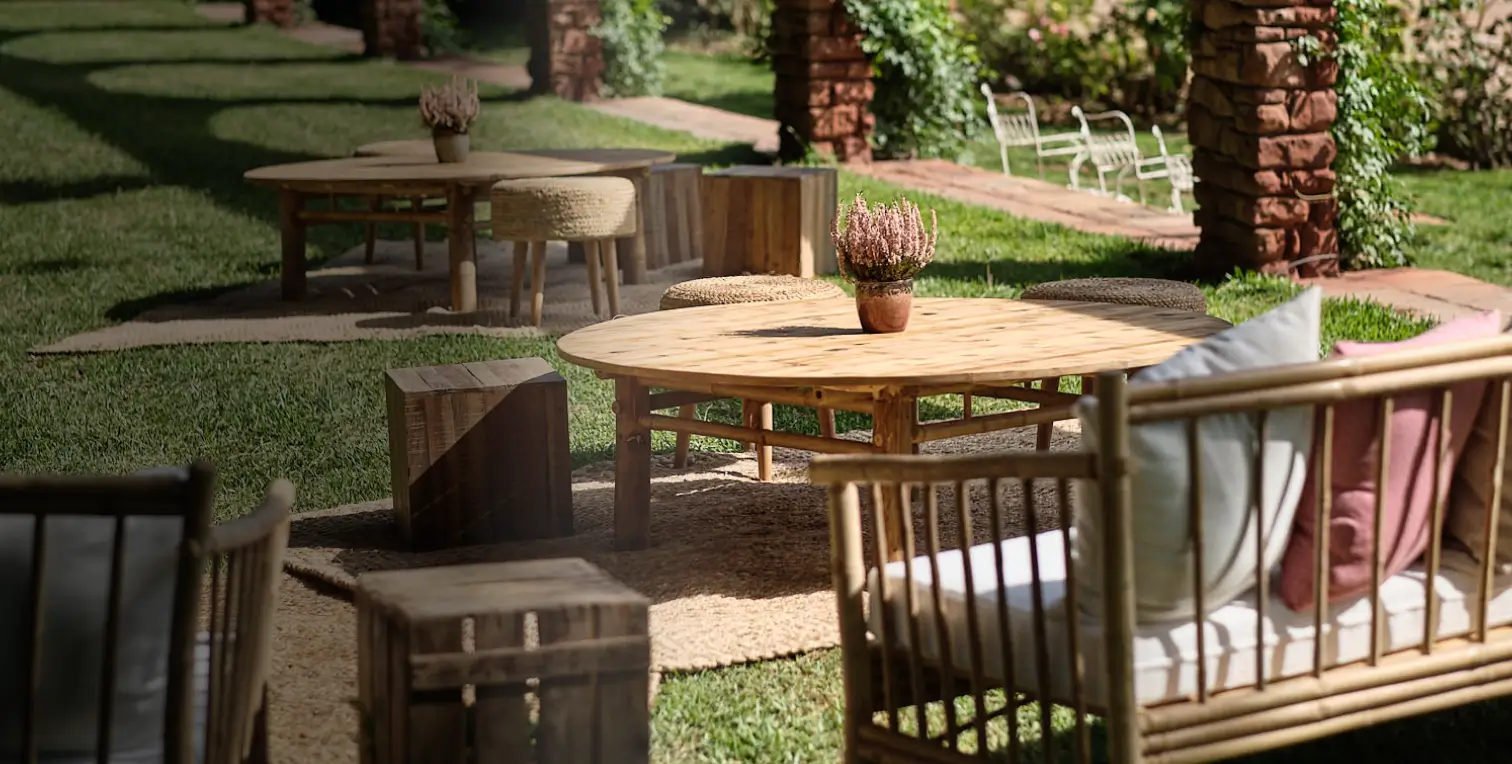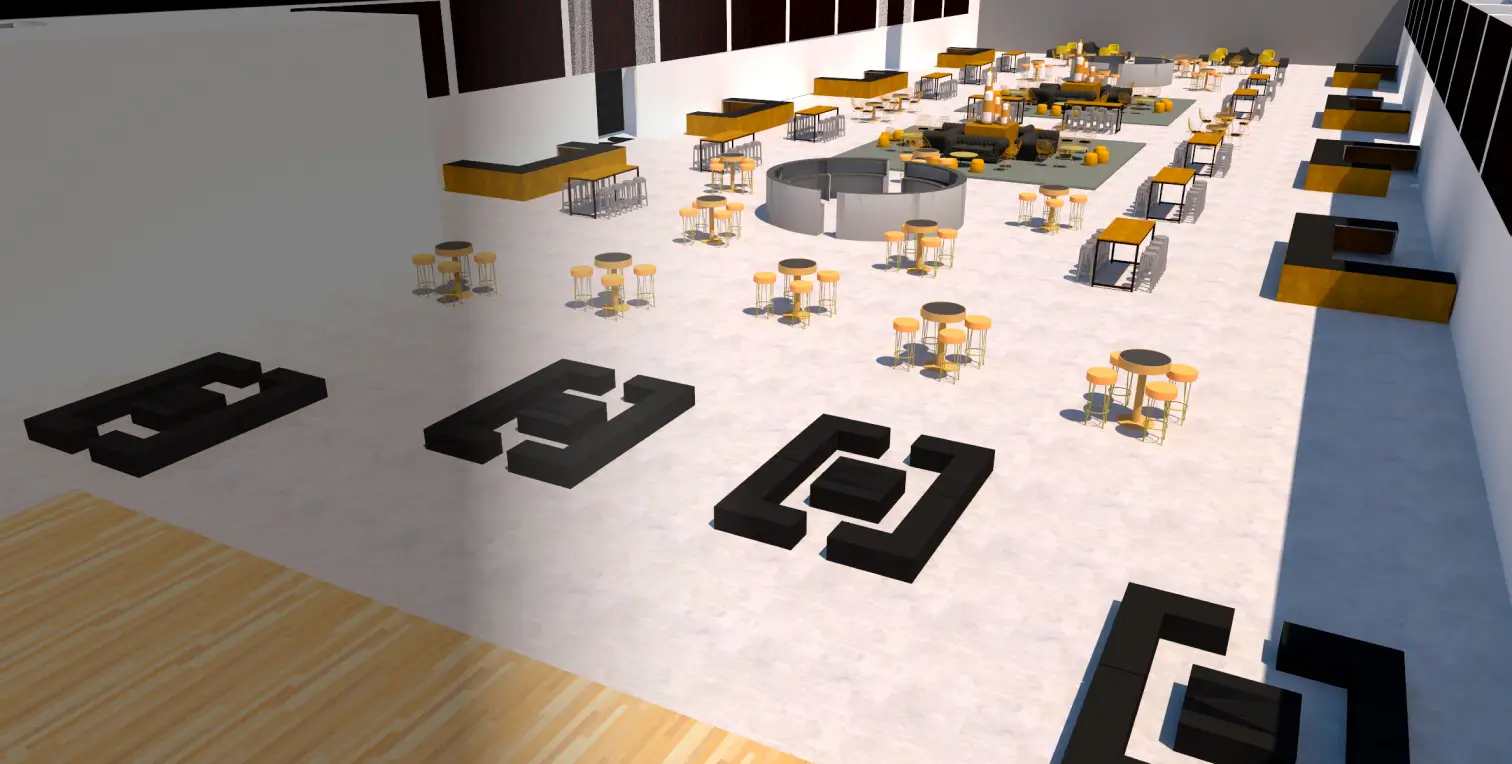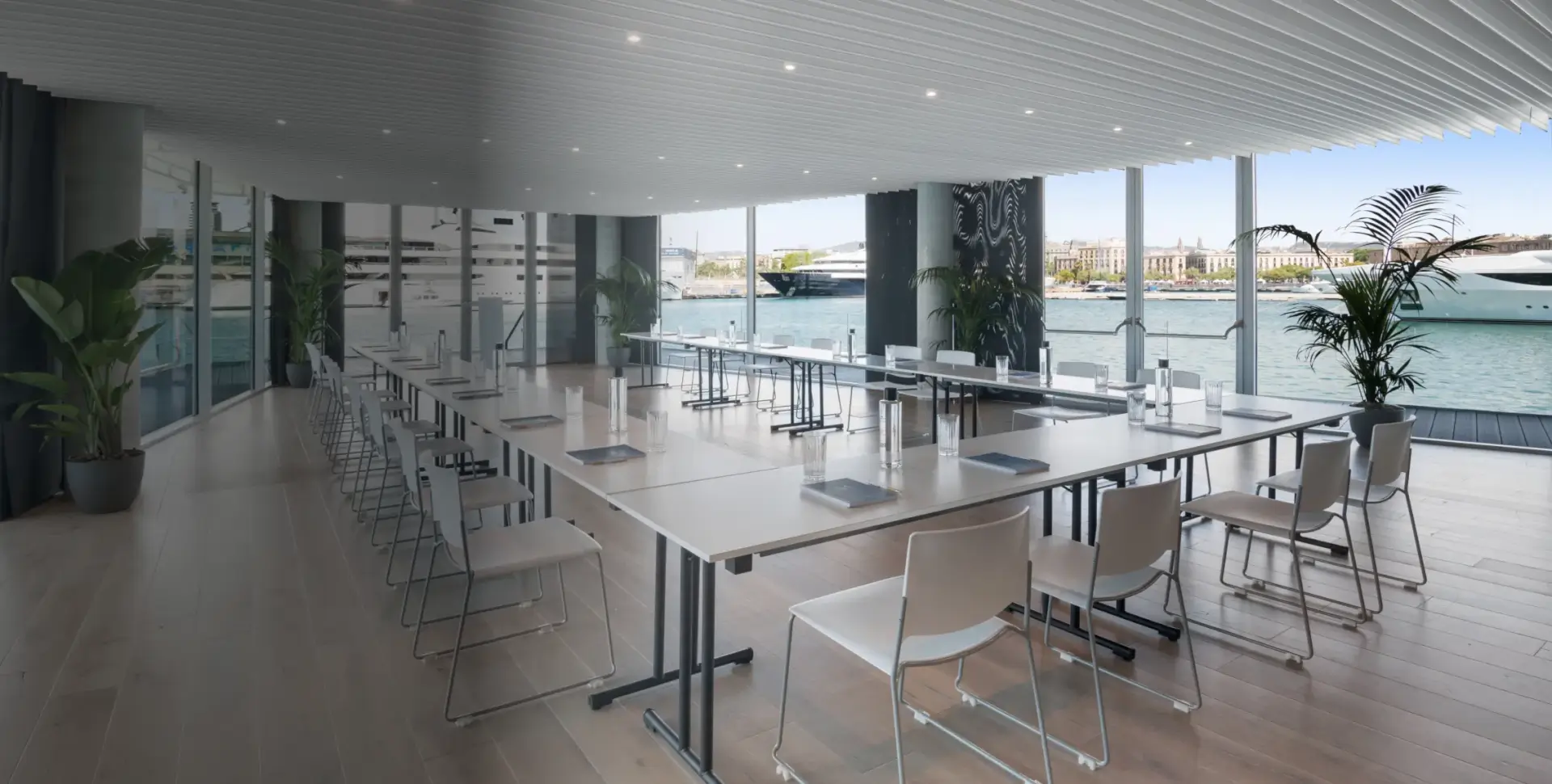Home / Events / Outdoor events / How to Organize a Successful Outdoor Event: Key Tips for the Perfect Setup
How to Organize a Successful Outdoor Event: Key Tips for the Perfect Setup
Outdoor events have a special charm: direct contact with nature, more relaxed atmospheres, and spaces that spark creativity. But they also require detailed planning and strategic decisions to ensure their success.
From selecting weather-resistant furniture to managing lighting and logistics, every step matters. In this article, we share the best practices for achieving a flawless setup for any type of outdoor event.
Assess the Terrain and Choose the Right Furniture
The first step to a successful outdoor event is studying the terrain. Not all surfaces are the same, and the furniture must adapt to the type of ground: grass, sand, gravel, or pavement.
Best practices:
- Use outdoor-resistant furniture with stable structures and durable materials such as aluminum, treated steel, or certified wood.
- Choose pieces with adjustable legs if the terrain is uneven.
- Avoid delicate or padded fabrics that may retain moisture in damp areas.
Opting to rent outdoor furniture gives you access to a wide range of options without the need to buy or store them.
Design Functional and Aesthetically Integrated Zones
A successful setup depends on both functionality and aesthetics. A well-distributed space is not only more comfortable but also enhances the attendee experience and reinforces the event’s identity.
Layout ideas:
- Lounge areas with poufs, modular sofas, and low tables under tents or pergolas.
- Catering or bar areas with high tables and stools resistant to sun and rain.
- Multi-purpose spaces with modular furniture adaptable to different uses (talks, cocktail hours, meetings).
Use natural decorative elements—such as plants, stones, or organic textiles—to blend the design with the environment.
Ensure Proper Shade and Lighting
One of the biggest challenges in organizing outdoor events is managing light. Too much sun or insufficient lighting can negatively impact the attendee experience.
Recommendations:
- Incorporate canopies, tents, or umbrellas in strategic areas.
- Use warm and functional lighting for when the sun sets: string lights, LED spotlights, solar lamps.
- Consider decorative structures that provide shade without blocking circulation.
Renting shading elements alongside furniture ensures a coordinated and efficient setup.
Plan Setup and Takedown Logistics
Logistics are key in any outdoor event setup. Natural environments can bring unexpected challenges like access issues, limited electricity, or tight assembly timelines.
Smart logistics practices:
- Create a clear schedule including setup, tech tests, cleaning, and takedown.
- Use lightweight and stackable furniture for easier transport.
- Choose suppliers specialized in outdoor events with experience in this type of setup.
Good team coordination helps avoid delays and ensures everything is ready on time.
Prioritize Attendee Comfort
Designing with the audience in mind is essential. At outdoor events, weather, ground surfaces, and facilities can affect the experience if not properly addressed.
Suggestions:
- Include seating options for all profiles: benches, sofas, chairs with backrests.
- Ensure solid walkways for people with reduced mobility.
- Provide hydration points, accessible restrooms, and enough shaded areas.
Well-chosen furniture should not only look good but offer comfort for several hours.
Take Care of the Outdoor Space’s Aesthetics
Beyond functionality, the visual environment shapes how the event is perceived. A harmonious design enhances the overall experience and reinforces brand identity.
Ideas for a refined aesthetic:
- Define a color palette consistent with the event’s theme or branding.
- Use furniture that is uniform or complementary in style and color.
- Add decorative touches like cushions, outdoor rugs, or plant-based structures.
Renting outdoor furniture allows you to personalize each element without being limited by your own stock.
Inspiring Example: Setup for a Corporate Outdoor Event
Context: Team-building day in a private garden.
Ideal setup:
- Lounge areas with modular sofas and side tables.
- Collaborative workspaces under pergolas with multifunctional furniture.
- Catering area with high tables, stools, and sail-style shade.
- Lighting with solar string lights and LED lanterns.
- Defined access routes with sisal rugs and eco-friendly signage.
The result was a welcoming, professional setting perfectly in tune with nature.
Outdoor Event Planning: Final Ideas
Organizing outdoor events requires a balance of aesthetics, functionality, and logistics. Choosing weather-resistant furniture, anticipating climate conditions, and prioritizing attendee comfort are essential to achieving a flawless setup.
Renting outdoor furniture not only simplifies management but also lets you tailor every element to the needs of the venue and event.
With planning, creativity, and the right suppliers, your next outdoor event won’t just be a success—it will be unforgettable.
